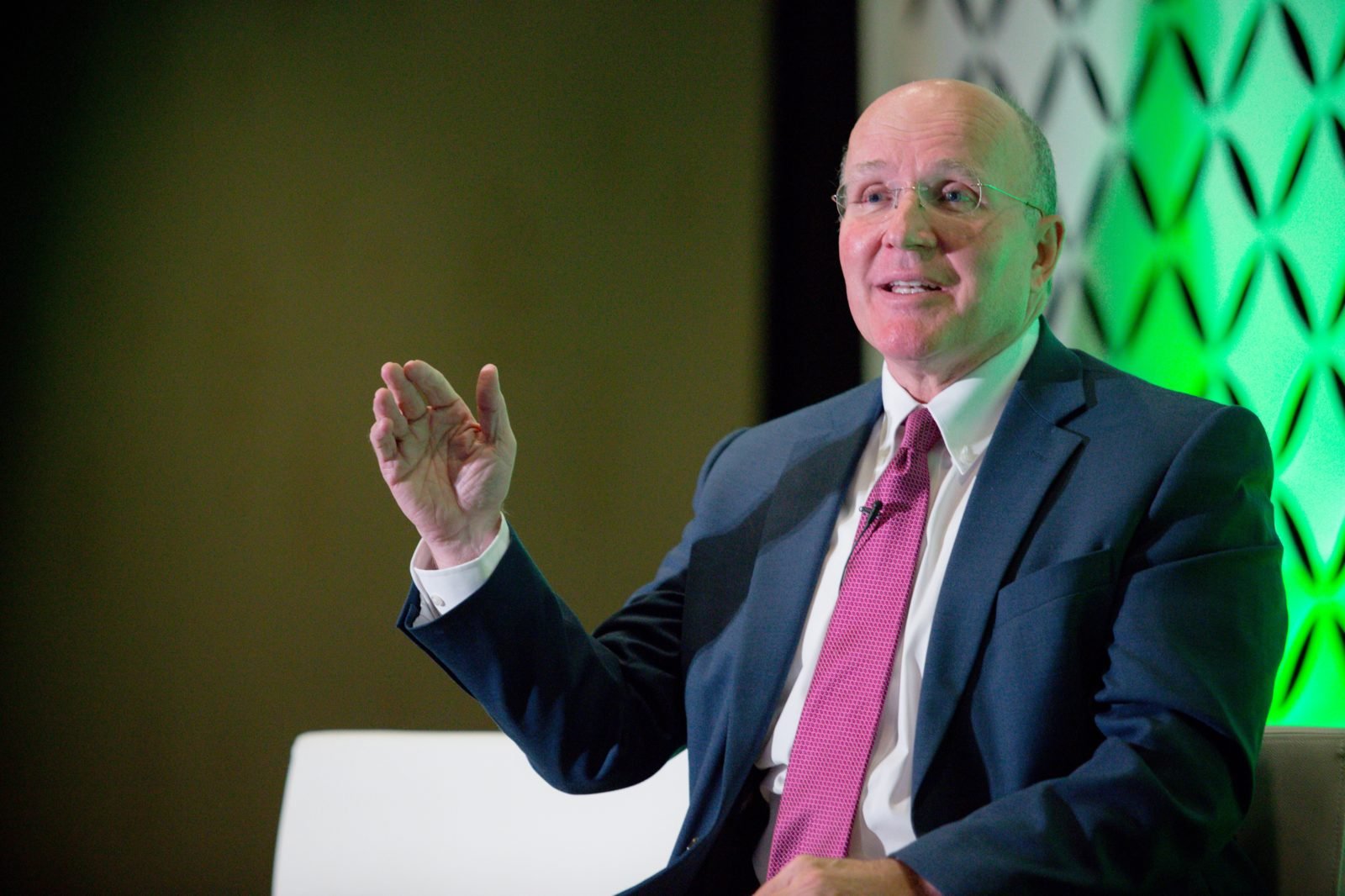More evidence for the premise of the book by Richard and Daniel Susskind, The Future of the Professions. Ross is built on IBM’s cognitive computer Watson.
Tax transparency: When less is more, The Economist, April 16th, 2016
Norway, Sweden, Finland puts everyone’s tax return online. Creates a conflict between transparency and privacy. Argument for: reduces bad behavior. Sunshine is the best disinfectant. For example, business owners in Norway declared 3% more income in 2001 because of the policy. Argument against: nosiness (“tax porn”), bullying kids because of their parent’s income, rich become the target of thieves and kidnappers.
When Norway stripped anonymity of searches, the number of them fell by 90%. We hold politicians to a higher standard, making the top ones disclose their returns. The Economist doesn’t think the benefits of this transparency outweigh the costs. Neither do Ron and Ed.
Envy at 30,000 feet: Resentment of first-class passengers can be a cause of air rage, The Economist, May 11, 2016
Passengers are more prone to misbehavior if they see other passengers having a better experience (3.8 times more likely to be unruly, to be precise). Katherine DeCelles, University of Tornonto and Michael Norton, Harvard, published this junk science study in the Proceedings of the National Academy of Sciences. They suggest Boeing, Airbus install middle entrances so coach passengers don’t have to see first-class being pampered. Grow the hell up.
Too much of a good thing: Profits are too high. America needs a giant dose of competition, The Economist, March 26, 2016
Profits are at near-record highs relative to GDP
In 2014, the top 500 listed firms made 45% of global profits
They’ve become more focused; and have achieved some pricing power
Market the size of USA, prices should be lower than they are (how does The Economist know this? USA is also richer)
Companies earn 40% higher returns in USA than abroad
Profits are suspiciously persistent
Today, 80% chance of still being profitable 10 years later; it was a 50% chance in the 1990s
Tax system encourages companies to park profits abroad
The article does mention how regulations keep competitors out
Abusing monopoly positions; lobbying (rent-seeking), Alphabet among largest, $17m spent last year on governmental lobbying)
Microsoft making double profits now than during its antitrust suit
900-odd industries more concentrated since 1997
Rate of small-company creation is at the lowest levels since 1970s
Reforms Suggested
Modernizing antitrust
Copyright and patent laws loosened
Occupational licensing reforms
Crony capitalism and the spigot of government subsidies, April 28, 2016, Veronique de Rugy, senior research fellow at George Mason University
Elon Musk is worth $14.3 billion. He’s also a Welfare Queen. He used his profits from the sale of Zip2 (first online yellow pages) to found X.com, which merged with Confinity to become PayPal. He has received $4.9 billion in government support and subsidies. None of his three companies are yet profitable:
Tesla Motors. $1.3 billion subsidy from Nevada, while the US Department of Energy provides a $7500 federal tax credit, $2500 from CA, for each Tesla sold. The Model S sells for $80,000 to $115,000. Do buyers at this level really need a tax credit?
SolarCity has received $300 million in federal grants and tax incentives.
SpaceX received $20 million from Texas to open a facility there, in addition to $5.5 billion in government contracts from NASA and the Air Force. The ultimate goal of SpaceX is “enabling people to live on other planets.” Should the government be paying for this?
Ed’s Topics
Professor at GA Institute of Technology uses IBM’s Watson as a teaching assistant.
Bitcoin has reached a 52 week high, at approximately $480. (Now over $500. Click for current price.)
Sean hits his first home run over the fence, and the story is written by an app.
The Royals seize victory thanks to late double, drop the NTX Eagles 10-5
The Royals outlasted the NTX Eagles on Tuesday after four lead changes, squeaking out a 10-5 win.
Sean K racked up two RBIs on two hits for the Royals. He singled in the third inning and homered in the fourth inning.
The Royals jumped out to an early 1-0 lead in the top of the first. A triple by Jackson J, scoring Hudson Z started the inning off.
The Royals never surrendered the lead after the third inning, scoring four runs on a two-run double by Hudson and a groundout by Cody C.
The Royals increased their lead with four runs in the fourth. Nathan's single got things going, bringing home Pearson E. That was followed up by Colton W's single, plating Nathan F.
A one-run fifth inning helped bring the NTX Eagles within four. A steal of home by Jake sparked the NTX Eagles' rally. The Royals closed the game out when Nathan F got Cameron to strike out.
"Powered by Narrative Science and GameChanger Media. Copyright 2016. All rights reserved." Any reuse or republication of this story must include the preceding attribution.
















